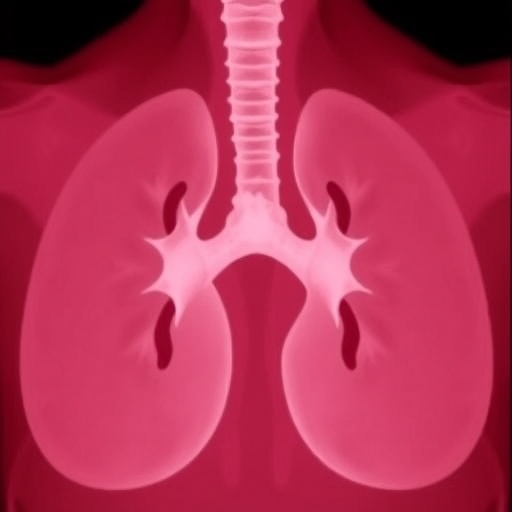Researchers find haptoglobin expression linked to newborn outcomes
Researchers at the University of Illinois at Chicago have found that some preterm babies born without haptoglobin, a protein in blood cells, have higher odds of brain bleeding, cerebral palsy and death. Their findings suggest that the absence of the protein could serve as a potential biomarker indicating a need for increased monitoring or other preventive interventions.
Their study, which is published in the Lancet‘s EClinicalMedicine, was a translational analysis of data and newborn cord blood samples stored at the National Institutes of Health from a previous clinical trial.
UIC’s Dr. Catalin Buhimschi and Dr. Irina Buhimschi led the research and analyzed cord blood samples from 921 newborns to see if haptoglobin was associated with poor outcomes in babies who had been exposed to in utero inflammation, which causes about 30 percent of preterm births.
By calculating odds ratios — a statistic indicating the strength or weakness of an association — they found that preterm babies who had been exposed to inflammation and who lacked haptoglobin were more likely to die before 1 year or develop cerebral palsy by 2 years when compared to preterm babies who had the protein or had not been exposed to inflammation. Odds of intraventricular hemorrhage, known as bleeding in the brain, were also higher in this group.
These findings persisted even when potentially confounding factors, like birth weight, gestational age, fetal sex or other treatments, such as magnesium sulfate given for neuroprotection, were evaluated.
“Our study provides strong evidence that an absence of haptoglobin in preterm babies who have been exposed to inflammation is an indicator of increased risk for complications like brain bleeding, cerebral palsy and even death,” said Dr. Catalin Buhimschi, professor of obstetrics and gynecology at the UIC College of Medicine and corresponding author. “This underscores the potential protective role of haptoglobin against short- and long-term poor neonatal outcomes and suggests that the protein may be a valuable marker of neurologic damage and the need for clinical interventions.”
Catalin Buhimschi and Irina Buhimschi, who are married, have conducted multiple studies on haptoglobin in preterm babies but this is the first to include a large, representative sample of participants.
Irina Buhimschi, professor of obstetrics and gynecology and study co-author, says that this individualized approach to understanding risk among a specific group of newborns is needed in the maternal-fetal medicine specialty.
“New mothers and babies are particularly complex and we cannot put all preterm deliveries under the same umbrella,” Irina Buhimschi said. “This study is also particularly fascinating because haptoglobin is a known protein. It’s one that researchers have seen time and again but, until now, has not been applied in this way.”
For their studies, Catalin Buhimschi and Irina Buhimschi developed a new method of testing haptoglobin at very low levels, as the protein does not reach adult levels until babies are about one year old.
“The takeaway message of this study is that a simple test of cord blood after delivery could help doctors develop an individualized care plan for some at-risk newborns,” said Catalin Buhimschi.
###
This research was funded by the Eunice Kennedy Shriver National Institute of Child Health and Human Development, or NICHD, and the National Institute of Neurological Disorders and Stroke (HD27869, HD34208, HD34116, HD40544, HD27915, HD34136, HD21414, HD27917, HD27860, HD40560, HD40545, HD40485, HD40500, HD27905, HD27861, HD34122, HD40512, HD53907, HD34210, HD21410, HD36801, HD19897).
Additional co-authors on the study include Kathleen Jablonski, Dwight Rouse, Michael Varner, Uma Reddy, Brian Mercer, Kenneth Leveno, Ronald Wapner, Yoram Sorokin, John Throp Jr., Susan Ramin, Fergal Malone, Marshall Carpenter, Mary O’Sullivan, Alam Peaceman, George Saade, Donald Dudley, Steve Caritis and members of the NICHD. Catalin Buhimschi, Irina Buhimschi, Jablonski and Wapner noted relevant disclosures in the study.
Media Contact
Jackie Carey
[email protected]
Related Journal Article
https:/
http://dx.




